Section I: Amino Acid and Protein Metabolism
Chapter 1: Chemical Composition of Living Cells
Chapter 2: Properties of Amino Acids
Chapter 3: Amino Acid Modifications
Chapter 4: Protein Structure
Chapter 5: Properties of Enzymes
Chapter 6: Enzyme Kinetics
Chapter 7: Protein Digestion
Chapter 8: Amino Acid Catabolism
Chapter 9: Transamination and Deamination Reactions
Chapter 10: Urea Cycle (Krebs-Henseleit Ornithine Cycle)
Chapter 11: Glutamine and Ammonia
Chapter 12: Nonprotein Derivatives of Amino Acids
Section II: Nucleotide and Nucleic Acid Metabolism
Chapter 13: Nucleotides
Chapter 14: Pyrimidine Biosynthesis
Chapter 15: Purine Biosynthesis
Chapter 16: Folic Acid
Chapter 17: Nucleic Acid and Nucleotide Turnover
Section III: Carbohydrate and Heme Metabolism
Chapter 18: Carbohydrate Structure
Chapter 19: Polysaccharides and Carbohydrate Derivatives
Chapter 20: Glycoproteins and Glycolipids
Chapter 21: Overview of Carbohydrate Metabolism
Chapter 22: Glucose Trapping
Chapter 23: Glycogen
Chapter 24: Introduction to Glycolysis (The Embden-Meyerhoff Pathway (EMP))
Chapter 25: Initial Reactions in Anaerobic Glycolysis
Chapter 26: Intermediate Reactions in Anaerobic Glycolysis
Chapter 27: Metabolic Fates of Pyruvate
Chapter 28: Hexose Monophosphate Shunt (HMS)
Chapter 29: Uronic Acid Pathway
Chapter 30: Erythrocytic Protection from O2 Toxicity
Chapter 31: Carbohydrate Metabolism in Erythrocytes
Chapter 32: Heme Biosynthesis
Chapter 33: Heme Degradation
Chapter 34: Tricarboxylic Acid (TCA) Cycle
Chapter 35: Leaks in the Tricarboxylic Acid (TCA) Cycle
Chapter 36: Oxidative Phosphorylation
Chapter 37: Gluconeogenesis
Chapter 38: Carbohydrate Digestion
Section IV: Vitamins and Trace Elements
Chapter 39: Vitamin C
Chapter 40: Thiamin (B1) and Riboflavin (B2)
Chapter 41: Niacin (B3) and Pantothenic Acid (B5)
Chapter 42: Biotin and Pyridoxine (B6)
Chapter 43: Cobalamin (B12)
Chapter 44: Vitamin A
Chapter 45: Vitamin D
Chapter 46: Vitamin E
Chapter 47: Vitamin K
Chapter 48: Iron
Chapter 49: Zinc
Chapter 50: Copper
Chapter 51: Manganese and Selenium
Chapter 52: Iodine and Cobalt
Section V: Lipid Metabolism
Chapter 53: Overview of Lipid Metabolism
Chapter 54: Saturated and Unsaturated Fatty Acids
Chapter 55: Fatty Acid Oxidation
Chapter 56: Fatty Acid Biosynthesis
Chapter 57: Triglycerides and Glycerophospholipids
Chapter 58: Phospholipid Degradation
Chapter 59: Sphingolipids
Chapter 60: Lipid Digestion
Chapter 61: Cholesterol
Chapter 62: Bile Acids
Chapter 63: Lipoprotein Complexes
Chapter 64: Chylomicrons
Chapter 65: VLDL, IDL, and LDL
Chapter 66: LDL Receptors and HDL
Chapter 67: Hyperlipidemias
Chapter 68: Eicosanoids I
Chapter 69: Eicosanoids II
Chapter 70: Lipolysis
Chapter 71: Ketone Body Formation and Utilization
Chapter 72: Fatty Liver Syndrome (Steatosis)
Section VI: Starvation and Excercise
Chapter 73: Starvation (Transition into the Postabsorptive Phase)
Chapter 74: Starvation (The Early Phase)
Chapter 75: Starvation (The Intermediate Phase)
Chapter 76: Starvation (The Late Phase)
Chapter 77: Exercise (Circulatory Adjustments and Creatine)
Chapter 78: Exercise (si1_e and RQ)
Chapter 79: Exercise (Substrate Utilization and Endocrine Parameters)
Chapter 80: Exercise (Muscle Fiber Types and Characteristics)
Chapter 81: Exercise (Athletic Animals)
Section VII: Acid-Base Balance
Chapter 82: The Hydrogen Ion Concentration
Chapter 83: Strong and Weak Electrolytes
Chapter 84: Protein Buffer Systems
Chapter 85: Bicarbonate, Phosphate, and Ammonia Buffer Systems
Chapter 86: Anion Gap
Chapter 87: Metabolic Acidosis
Chapter 88: Diabetes Mellitus (Metabolic Acidosis and Potassium Balance)
Chapter 89: Metabolic Alkalosis
Chapter 90: Respiratory Acidosis
Chapter 91: Respiratory Alkalosis
Chapter 92: Strong Ion Difference (SID)
Chapter 93: Alkalinizing and Acidifying Solutions
Chapter 94: Dehydration/Overhydration
Case Studies
Case Study #1: Ethylene Glycol
Case Study #2: Phosphofructokinase (PFK)
Case Study #3: Inflammatory Bowel Disease (IBD), Endocarditis and Cardiac Ischemia
Case Study #4: Portosystemic Vascular Shunt (PSS)
Case Study #5: Diabetes Mellitus (DM)
Case Study #6: Feline Lower Urinary Tract Disease (FLUTD)
Appendix
Abbreviations
References
Index
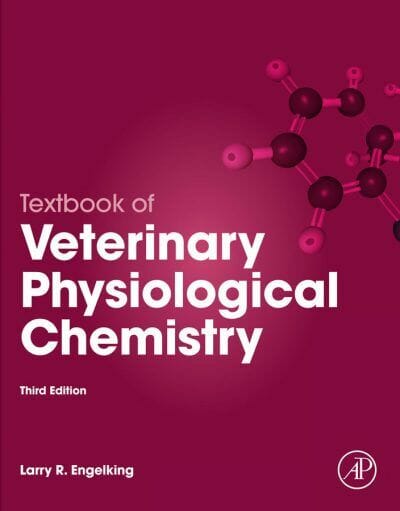

![Ettinger’s Textbook of Veterinary Internal Medicine 9th Edition [PDF+Videos] Ettinger’s Textbook of Veterinary Internal Medicine 9th Edition [True PDF+Videos]](https://www.vet-ebooks.com/wp-content/uploads/2024/10/ettingers-textbook-of-veterinary-internal-medicine-9th-edition-235x300.jpg)
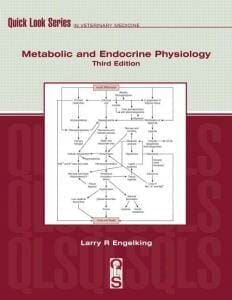

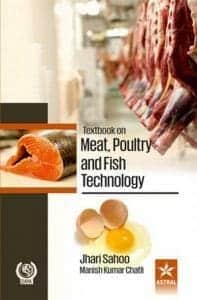

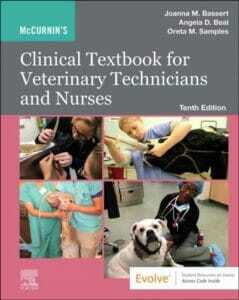
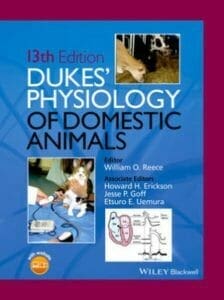
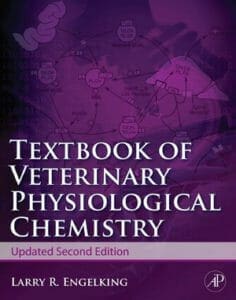




![Ettinger’s Textbook of Veterinary Internal Medicine 9th Edition [PDF+Videos] Ettinger’s Textbook of Veterinary Internal Medicine 9th Edition [True PDF+Videos]](https://www.vet-ebooks.com/wp-content/uploads/2024/10/ettingers-textbook-of-veterinary-internal-medicine-9th-edition-100x70.jpg)

![Textbook of Veterinary Diagnostic Radiology 8th Edition [PDF+Videos+Quizzes] Thrall’s Textbook of Veterinary Diagnostic Radiology, 8th edition PDF](https://www.vet-ebooks.com/wp-content/uploads/2019/09/textbook-of-veterinary-diagnostic-radiology-8th-edition-100x70.jpg)






